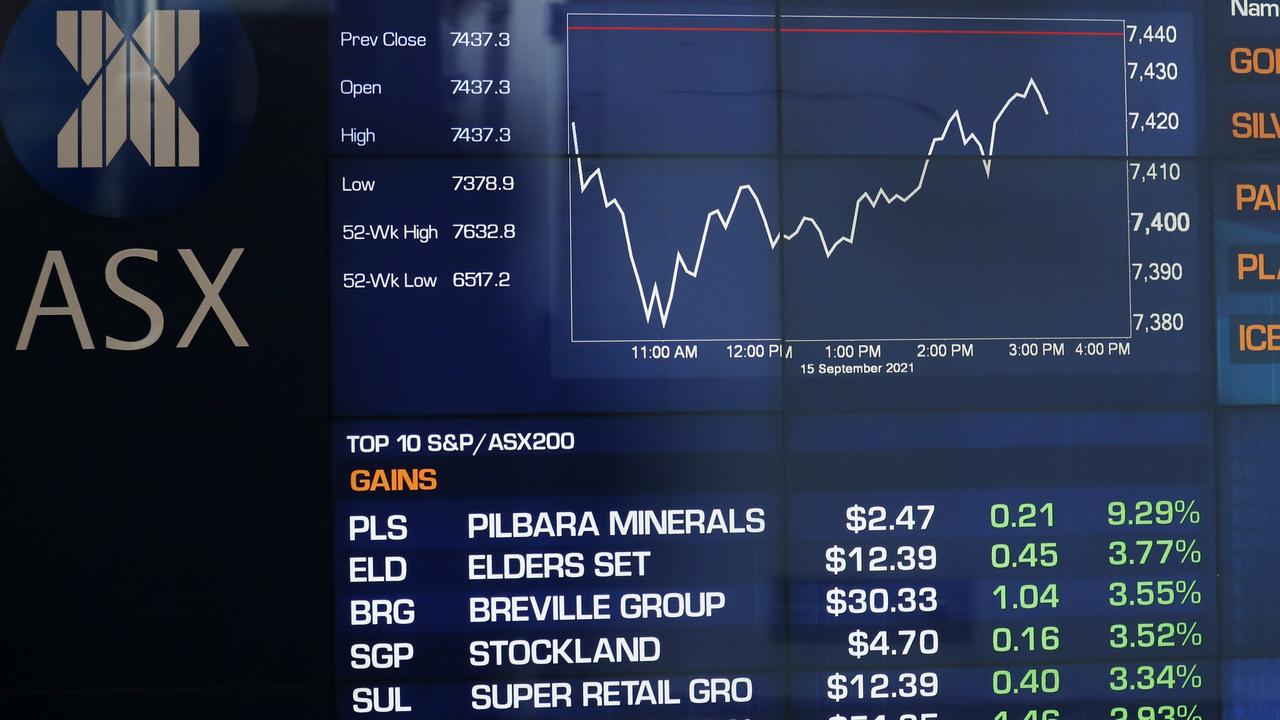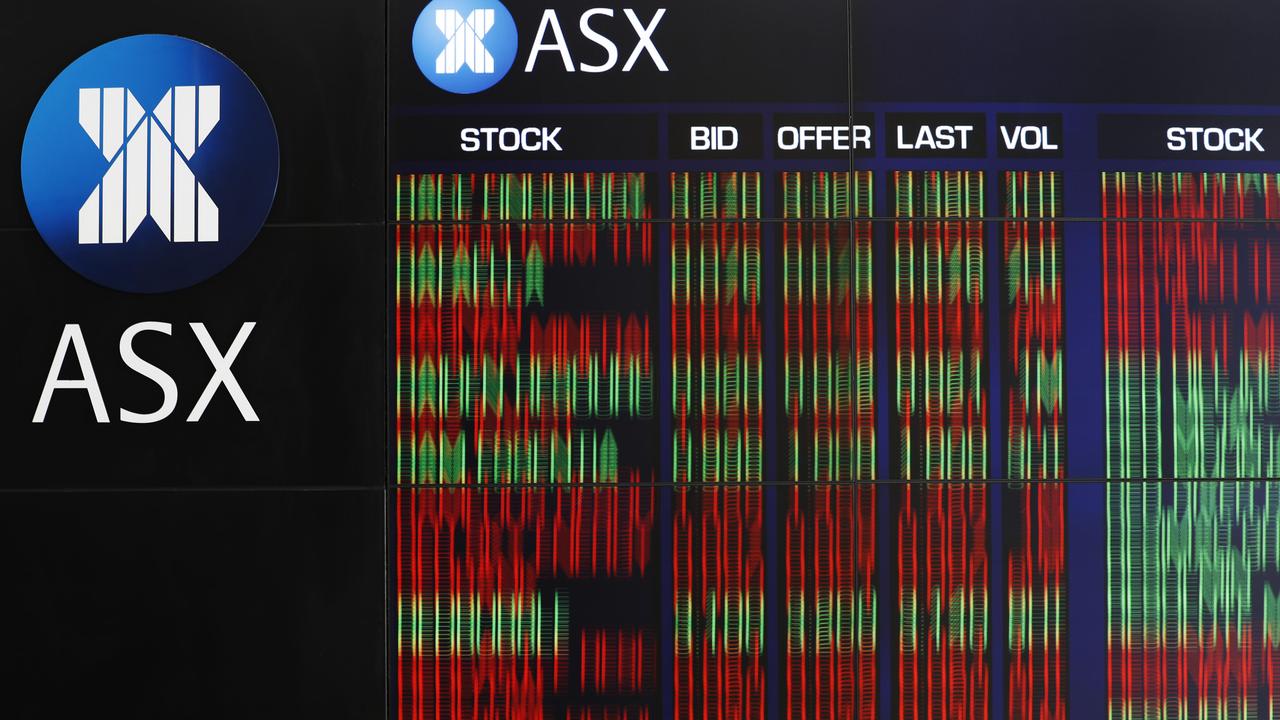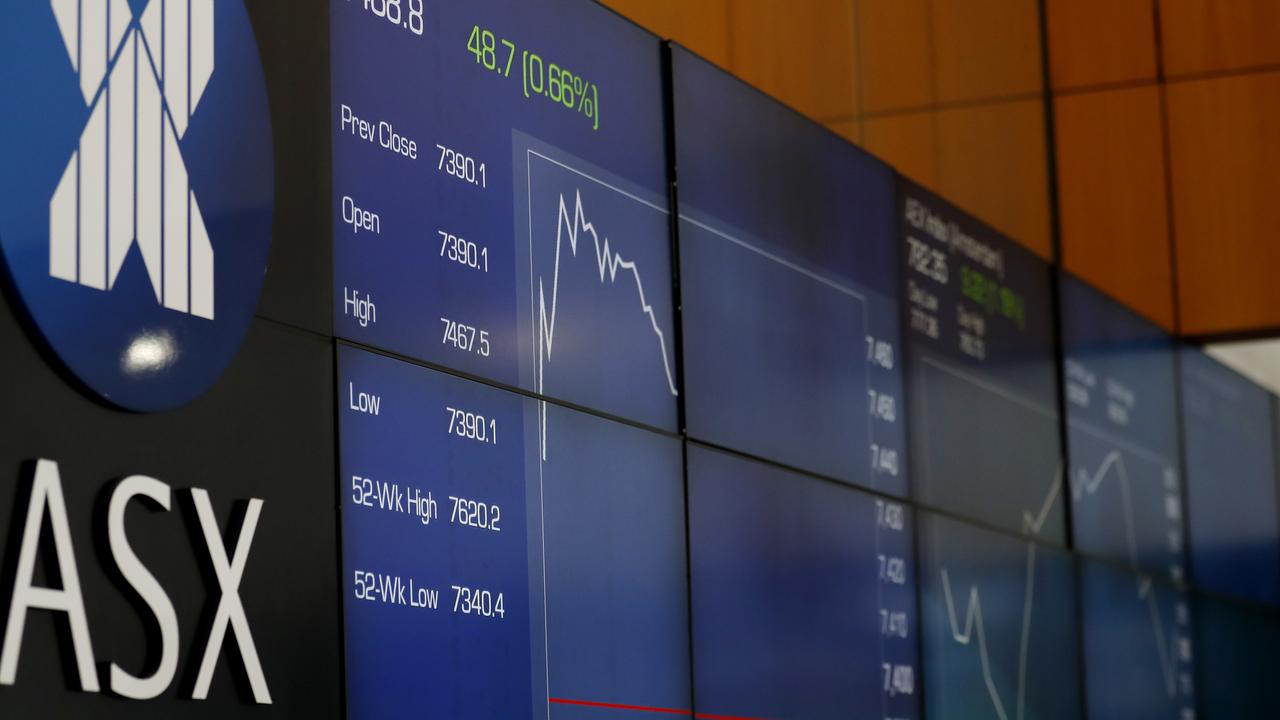‘Low risk’: Can ETFs earn you passive income?
ETFs are being touted as a low-risk way to earn passive income, but what are they and can they really earn you money?

With cost of living soaring and many investments proving volatile, punters may be looking for a safer way to store wealth and earn a passive income.
Enter: ETFs.
Touted as a “low-risk” form of investing, ETFs aim to reflect the broader conditions of a market or sector — and so are less exposed to the sometimes radical price fluctuations of an individual stock, bond or commodity. So, what are they, and can they really make you money?

What are ETFs?
An ETF, or Exchange Traded Fund, is a type of fund that holds multiple underlying assets. They’re usually designed to track a particular index, sector, commodity or other asset.
An ETF can own hundreds or thousands of individual investments.
They aim to get a view of the particular part of the market that they cover — if the value of that sector goes up or down, so too should the value of the ETF.
Because there are multiple assets within an ETF, they are a popular choice for diversification. They also offer lower expense ratios and fewer broker commissions than if you were to buy the assets individually.
Importantly, when you invest in an ETF, you don’t own the underlying assets. Rather, you own units in the ETF, while the ETF provider owns the assets. ETF units can be created or redeemed to match investor demand.

How is an ETF different to a mutual fund?
Unlike mutual funds, ETFs can be purchased or sold on an exchange in the same way stocks can.
ETF share prices fluctuate all day as the ETF is bought and sold. Mutual funds, by contrast, trade only one per day after the market closes.
ETFs also tend to be more cost-effective and more liquid compared to mutual funds.
“What makes ETFs stand out and why they’ve become so popular is that they’re very easy,” explained David Bassanese, chief economist at Betashares. “They’re much easier to buy than an unlisted managed fund, or something that’s not available on the share market.”
Passive versus actively managed ETFs
Passive ETFs are managed passively, and aim to replicate the performance of a broader sector or market (such as the ASX 200). The portfolio of a passive ETF is updated regularly, usually quarterly, to reflect changes in that reference index.
Actively managed ETFs, on the other hand, have portfolio managers who make decisions about which securities to include. Thus, they can be more expert-led, but also tend to be more expensive.

How can ETFs be used to generate passive income?
As with other investments, ETFs can be sold for a profit. They also, however, pay distributions that are similar to the dividends you might receive on shares.
ETFs typically pay distributions quarterly, while companies that pay regular dividends usually do so twice yearly.
If your ETF is invested in shares, you may be entitled to a proportion of the dividends those companies pay. Each company makes its own decisions as to the proportion of earnings it will pay shareholders.
“If you buy an ETF that invests in either shares or bonds that pay dividends or pay income, that income will flow through to you and you don’t have to do anything about it,” Mr Bassanese said.
“You could get income by investing in a dozen individual companies, but then you’ve got a dozen payments to keep track of. Whereas with a managed fund, they will basically pool all that income and pay it to you on a regular basis.”
Some Australian companies pay franked dividends, which means investors in ETFs that cover them will receive franking credits and their associated tax benefits.

How to buy ETFs
ETFs are available in most places that sell stocks, such as brokers and trading apps.
First, identify the sector or market you would like to target. Then, research an ETF that is designed to track it, and make the purchase. Alternately, research individual ETFs and choose one that appeals to you.
“Anyone who already has a share trading account can already buy ETFs right now,” Mr Bassanese said
“All they have to do is find the ETF code that they want, type it in, and then they can buy it just like a company share. If you don’t have a share account and you want to buy ETFs, then you’ll have to set one up.
“Then, decide what sort of assets you’re looking for. If you’re looking for capital growth, and you’re happy to take some volatility, look at which give you higher income than bonds albeit with greater market volatility. If you want to income without too much volatility, you might look at bond funds.”
What are the risks of ETFs?
While diversification generally reduces risk, there is still the possibility that the market an ETF is tracking could fall as a whole. For example, if the ASX 200 declines, so too does the value of an ETF that tracks it.
As different ETFs invest in different markets, some will be riskier than others.
Currency ETFs, which invest in international assets, are generally considered riskier as they are exposed to currency movements that can impact returns. Some ETFs are “currency hedged”, which removes this risk.






